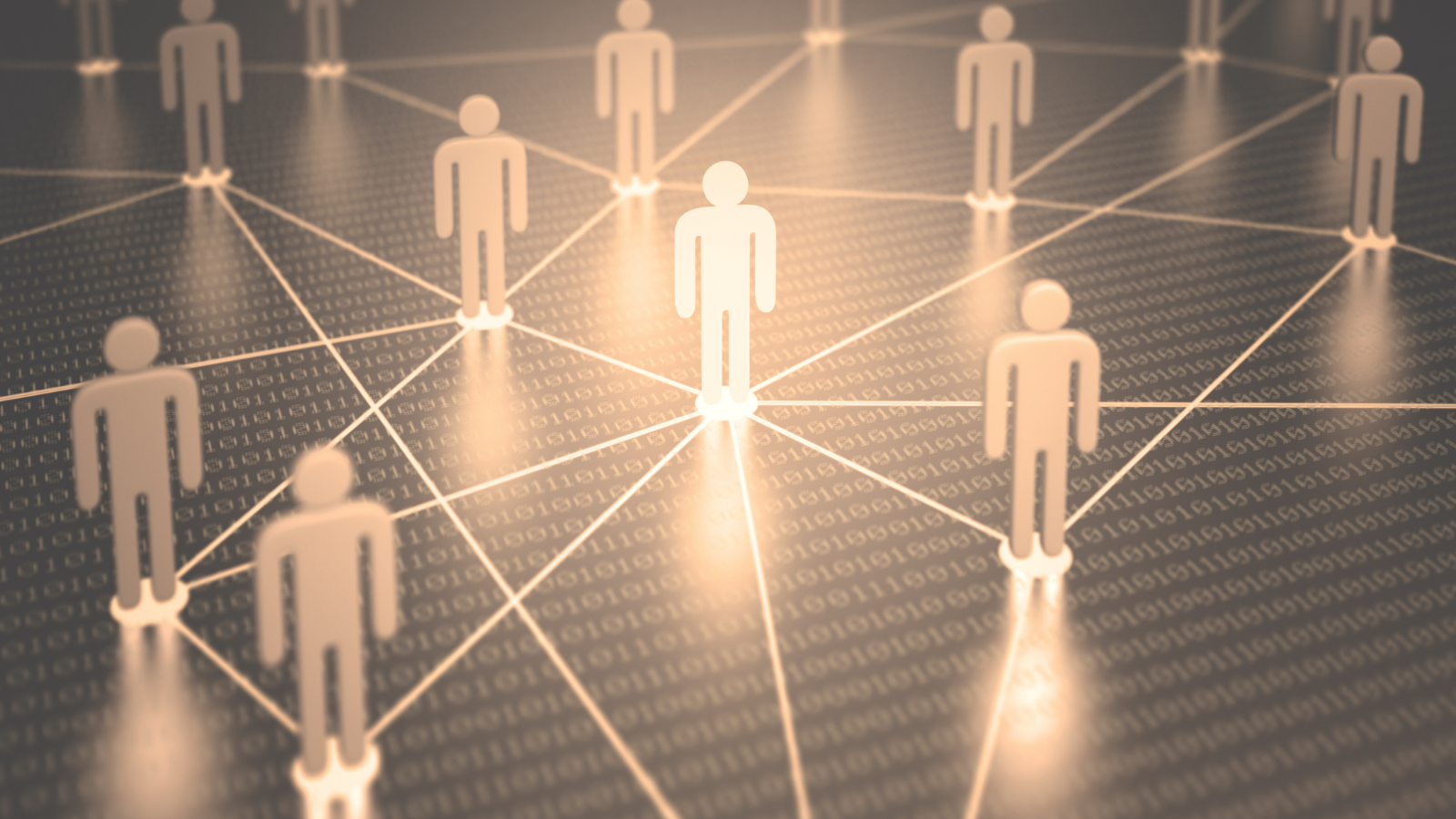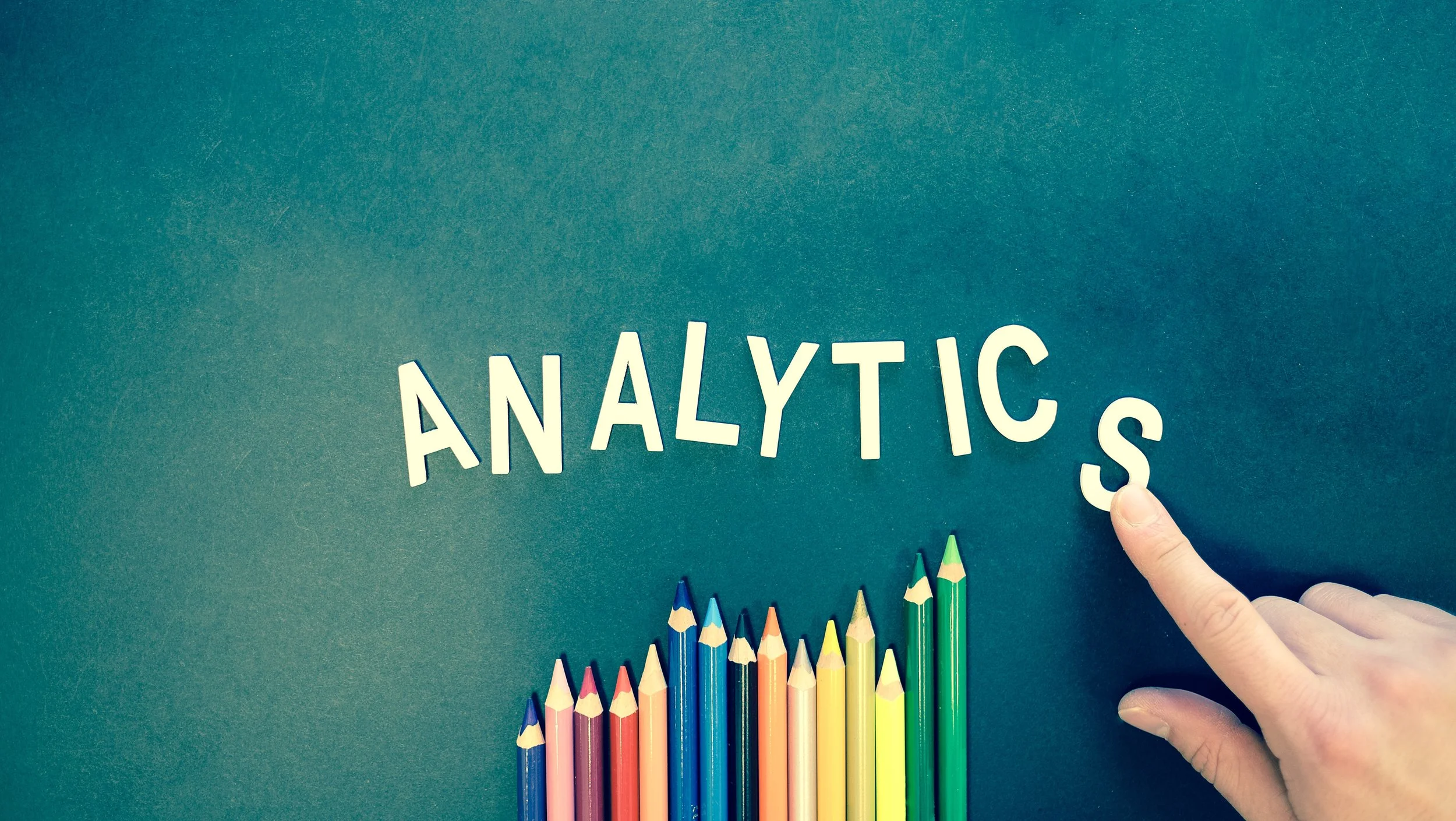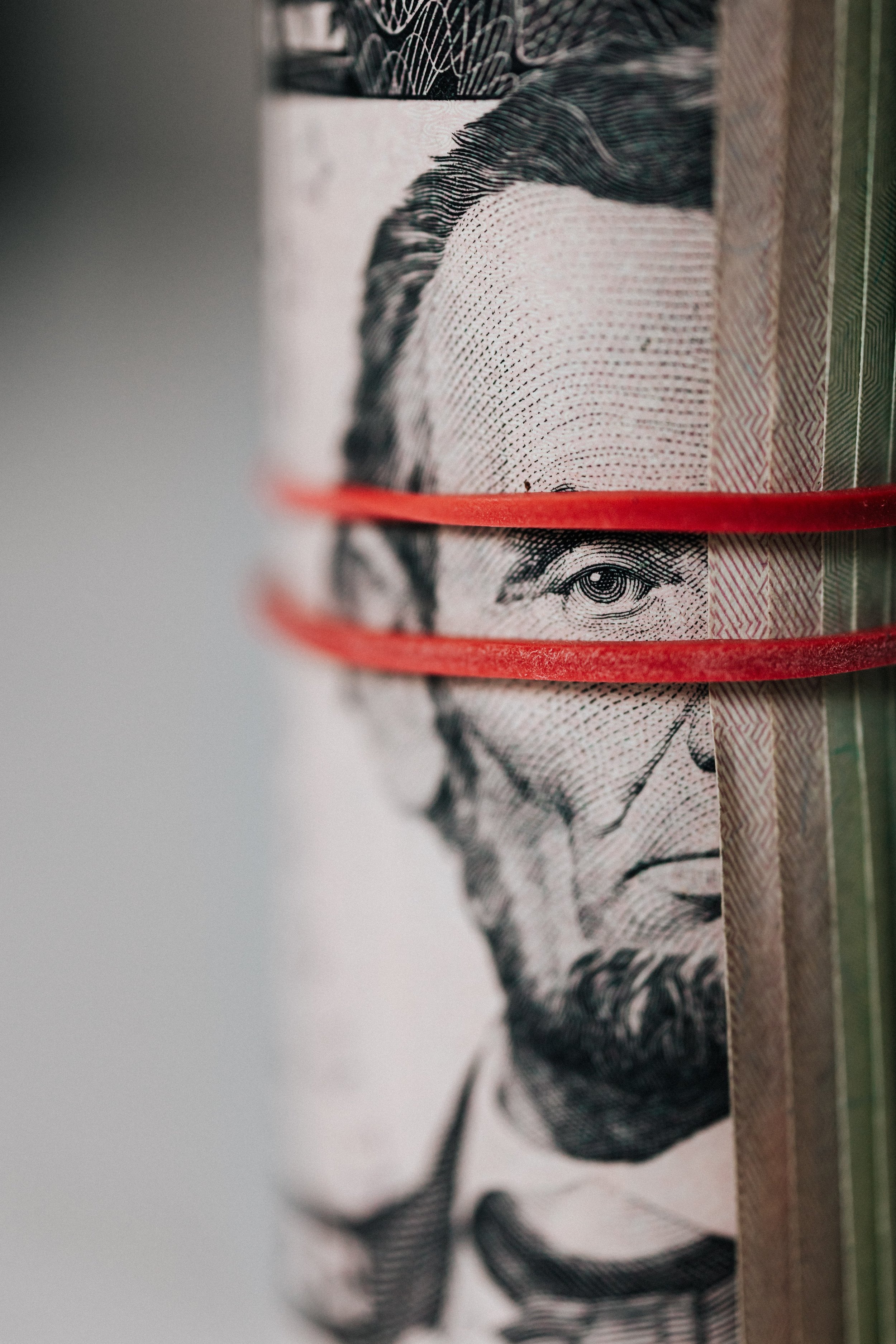Inflation Metrics, Public Perception, and the Challenge of Bidenomics
Inflation is typically reported as 12-month price changes on all items in the Consumer Price Index (CPI). For example, the CPI showed a 3.2% year-over-year increase for July 2022—July 2023. This is a significant drop from the 40-year-high of 9.1% in June of 2022.
The Biden administration highlighted the drop, observing that consumers are now experiencing disinflation, which means inflation is slowing—price increases are decelerating. In addition, the Biden administration emphasized the positive impact of so-called Bidenomics:
“We’re growing the economy from the middle out and the bottom up, lowering costs for hardworking families, and making smart investments in America. That’s Bidenomics.”
“We’re growing the economy from the middle out and the bottom up, lowering costs for hardworking families, and making smart investments in America. That’s Bidenomics.”
The public is not buying
While a falling CPI means good news for Wall Street, Main Street is not buying it.
In January 2023, after six straight months of disinflation, Gallup asked Americans what they thought was the most important problem facing the country. The top problem was the government at 21%. The second-most cited problem was inflation at 15%. After five additional months of disinflation, the Pew Research Center reported in June that 65% of the public listed inflation as a very big problem. This exceeded all other alternatives including affordable health care, violent crime, illegal immigration, climate change, and drug addiction.
Clearly, consumers do not think much of price indices like the CPI. Consumers do not compare prices from one year to the next, or from month to month. Rather, they remember what prices were during the steep increases and use those as a benchmark to compare today’s prices
For example, in January 2021, the month Joe Biden took office, the price of eggs was $1.46. Egg prices had generally remained below $2.00 for over a decade. But by January of 2023, the price of eggs more than doubled to a whopping $4.82. Egg prices had never been that high.
That’s what people remember.
Although egg prices are presently $2.094, that is still 43% higher than before the unprecedented increase.
Meanwhile, the CPI for eggs shows a -2.24 change from last month and a nearly -14% change from one year ago.
The story is similar to new vehicle prices. Before the pandemic, prices increased less than 3% annually. Then prices spiked by 17.2% between 2020 and 2021. In December 2021, the average new car sold for approximately $47,000.
Since then, prices have moderated. New vehicle CPI has ticked up only slightly But again, that’s not necessarily good news. Today’s new vehicle prices are still elevated and higher than last year’s inflated prices.
‘Biden CPI’
TIPP Insights developed a measure that reflects how people think about inflation. They used the same data from the Bureau of Labor Statistics that comprise the CPI but adjusted the baseline to Biden’s first month in office. The 'Biden CPI' shows how prices have changed since Joe Biden took office in February 2021.
The chart below compares the Biden CPI to the regular CPI. By June of 2022, the regular CPI had reached its highest level in 40 years at 9.1%. It's important to note that the percentage increase is calculated by comparing prices in June 2022 to the June 2021 baseline.
However, when comparing prices in June 2022 to those in February 2021, there is a double-digit increase of 12.7% – about 3.5% higher than the regular CPI.
Note the gap widens between the Biden CPI and the regular CPI. Since Biden took office, prices have increased 16.2%. This helps explain why amid months of disinflation people still consider inflation the number one problem.
Consumers want relief. They are not satisfied with a slowdown in price increases – as the regular CPI demonstrates. They want an absolute reduction in price levels, preferably a return to the benchmarks they remember before the precipitous rise in prices – Joe Biden’s first months in office.
This bears repeating. Slowing the pace of price increases does not remedy the substantial losses of purchasing power experienced by millions of consumers. Three percent inflation means prices are not just increasing but doing so relative to already elevated levels.
Bidenomics
Slapping his name on the economy is a huge gamble for the president. For that bet to pay off, the White House and Democrats must close the gap between what the CPI says and how people feel. Touting a 3% CPI will not assure an anxious public. It will only frustrate them.
It will take time for people to adjust. And it will take some luck and a good deal of positive economic news for Bidenomics to succeed. Unfortunately for the president, the 2024 election cycle has already started. Time is running out.
































Manifest 2024 served as a reminder of the immense potential that lies ahead in the realm of supply chain technology.